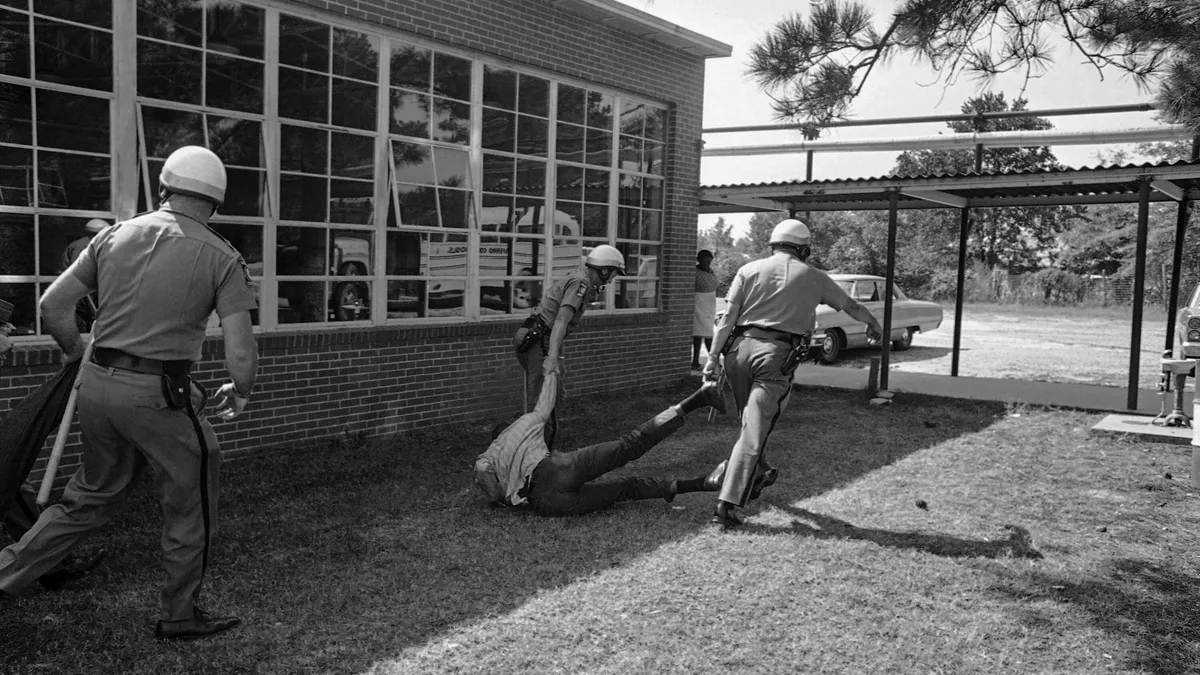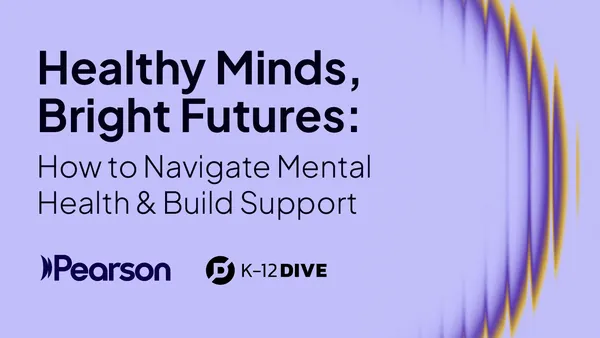Dive Brief:
- The federal Department of Education's School Improvement Grants (SIG) program is aimed at advancing voluntary, community-supported efforts to expand socioeconomic diversity in schools, with grants awarded "to states that then make competitive subgrants" to districts with the highest funding need and strongest commitment to boosting achievement in low-performing schools.
- The department is asking educators to share thoughts on how state and federal policies may be hindering their ability to maximize School Improvement Grant (SIG) funding in promoting socioeconomic diversity, as well as what policies would improve the process.
- Feedback is requested by April 12.
Dive Insight:
At this point, a variety of studies have concluded that integrating schools is key to combatting academic failure and is a surefire way of helping traditionally disadvantaged students. A February 2016 report from The Century Foundation, a progressive think-tank, shows that the increased integration of U.S. schools is beneficial for the academic advancement of historically disenfranchised student populations, and that socioeconomic integration critical to closing achievement gap.
President Barack Obama's proposed 2017 budget includes around $100 million to help schools integrate, but very few districts have actually integrated with success. The DOE is soliciting feedback on what hardcore policies, as well as other environmental factors — "e.g., high concentrations of students in poverty, strong community and stakeholder engagement, written assurances from effected districts and schools" — may be hindering schools' attainment of this goal, as well as which should be implemented to promote better success.
Educational disparity in the U.S. has consequences that contribute to keeping disenfranchised students locked in a cycle of poverty. Diversifying school districts requires more than lip service, and studies indicate U.S. public schools are more segregated now than they were in the 1970s. New York is trying to address the problem in its elite schools, and another pilot in six New York City public schools is trying to better balance race and class in classrooms.












